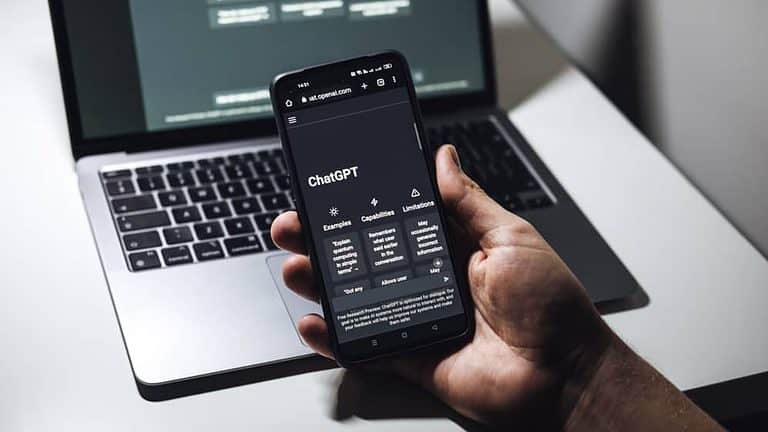The AI Text Classifier is built on top of GPT and uses this technology to predict the likelihood of text being created by an AI. This development came after several schools and universities banned ChatGPT due to its ability to complete students’ homework assignments and finish programming projects.
However, the AI Text Classifier was less conclusive than hoped when tested. When tested on human-generated text, it could correctly determine that it was not AI-generated. But, the results were not as accurate when determining if the text was generated by AI tools such as ChatGPT or You.com’s AI chatbot.
In evaluations, the classifier shows gaps
The tests conducted saw the classifier identify only 26% of AI-generated text as likely AI-generated while incorrectly labeling the human-written text as AI-written 9% of the time. Despite this, OpenAI has warned that the AI Text Classifier should not be used as the sole piece of evidence in determining academic dishonesty.
The company states that the classifier’s reliability typically improves as the length of the input text increases, but it is still not an entirely reliable tool at this time.
OpenAI also stated that the classifier’s success would likely improve over time as it continues to be trained with more data.
It’s important to note that AI technology is still developing and improving
The AI Text Classifier is just one example of how it’s being used to detect the use of AI in text. However, as AI advances, similar tools will likely emerge to help determine if text is AI-generated.
This will likely have implications for various industries, including education, where it could be used to detect cheating or plagiarism. The AI Text Classifier is a step forward in detecting AI-generated text, but it’s not yet a perfect tool. The company believes the classifier’s success will improve over time as it continues to be trained with more data.
